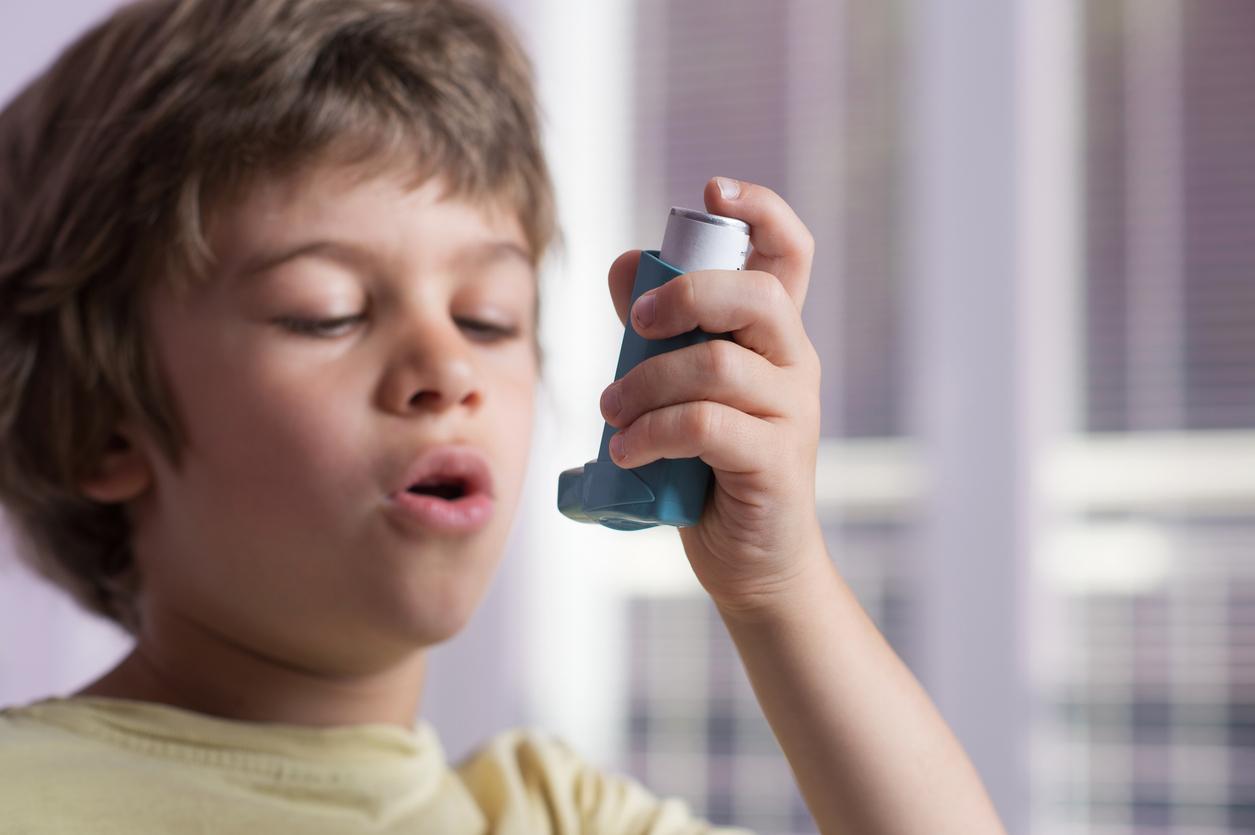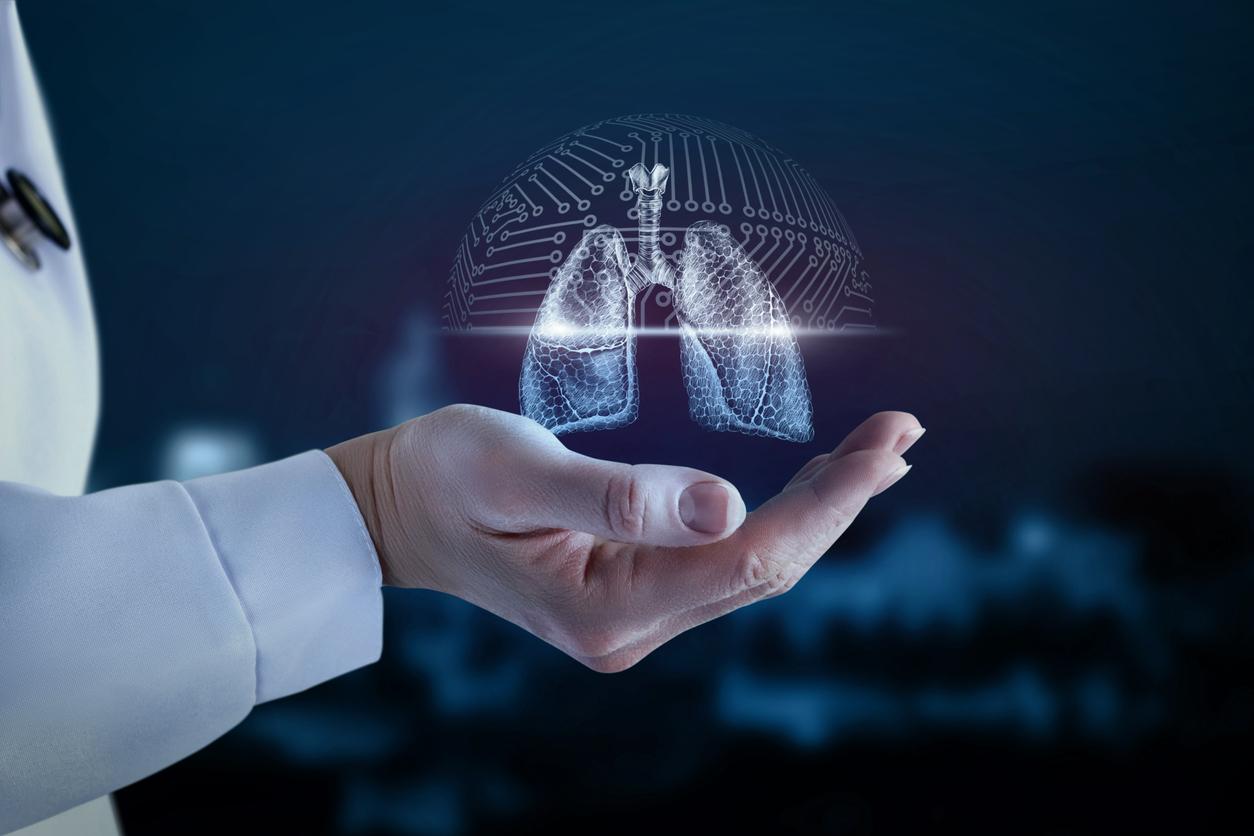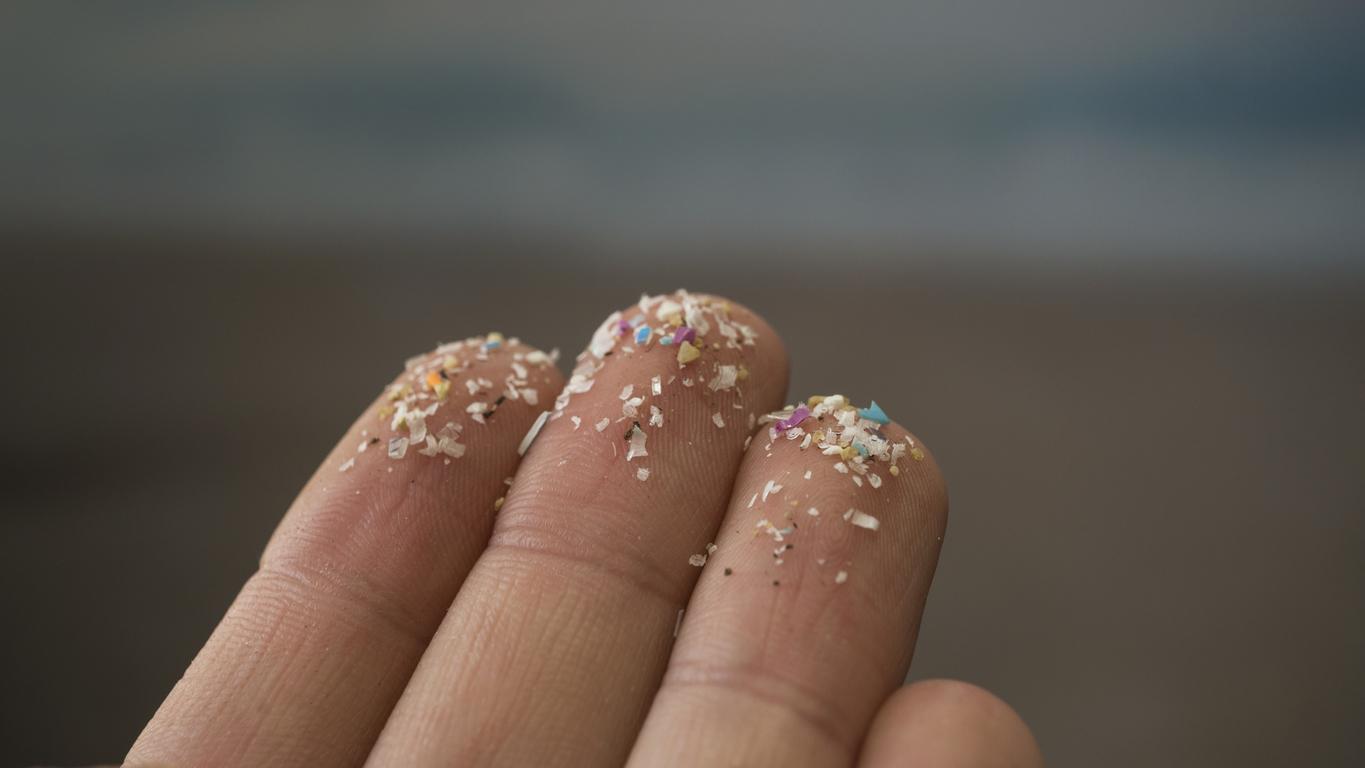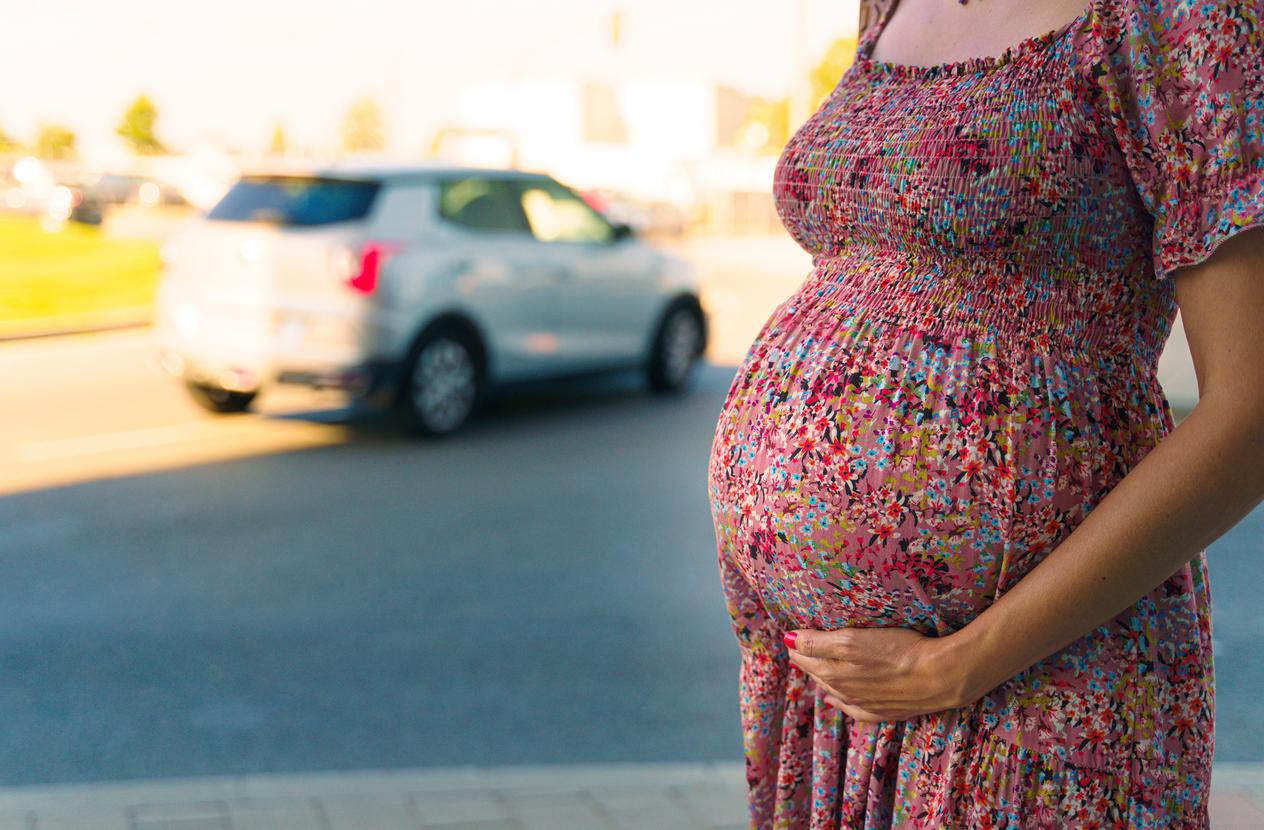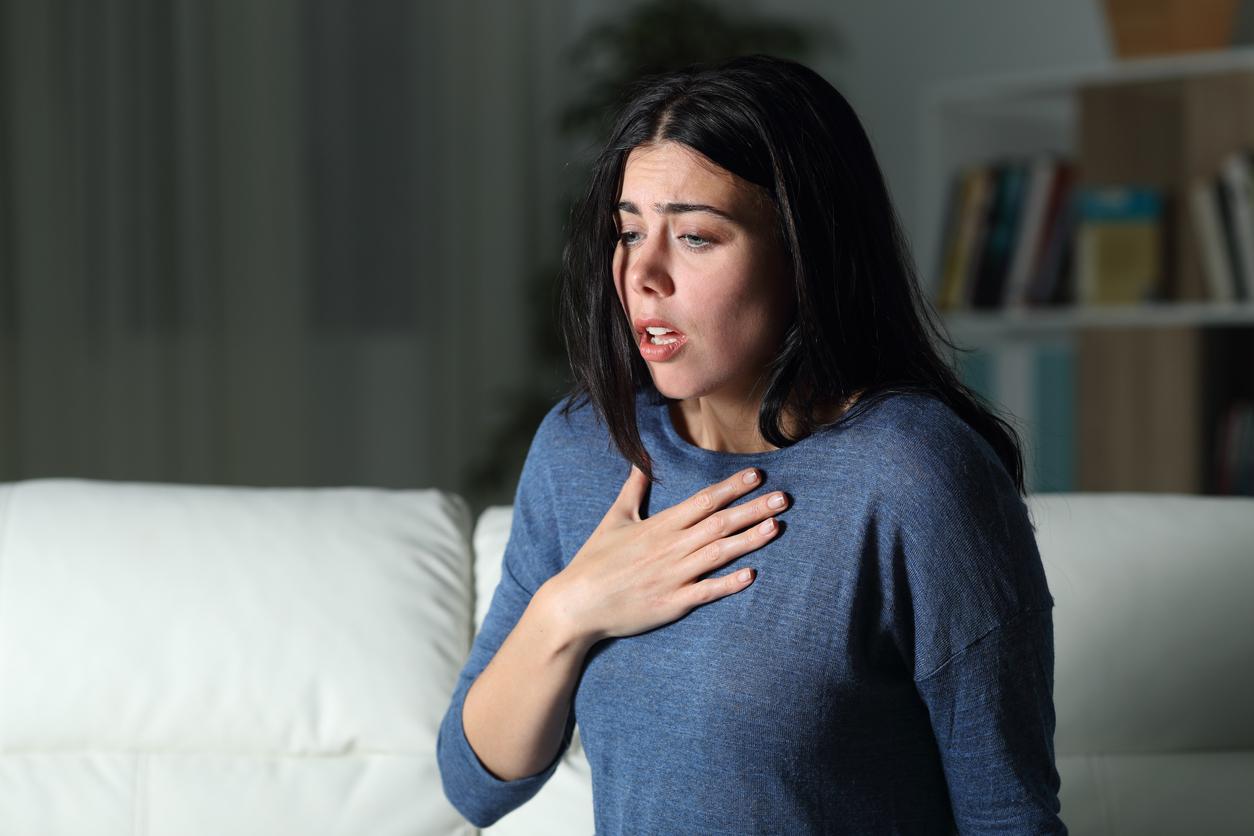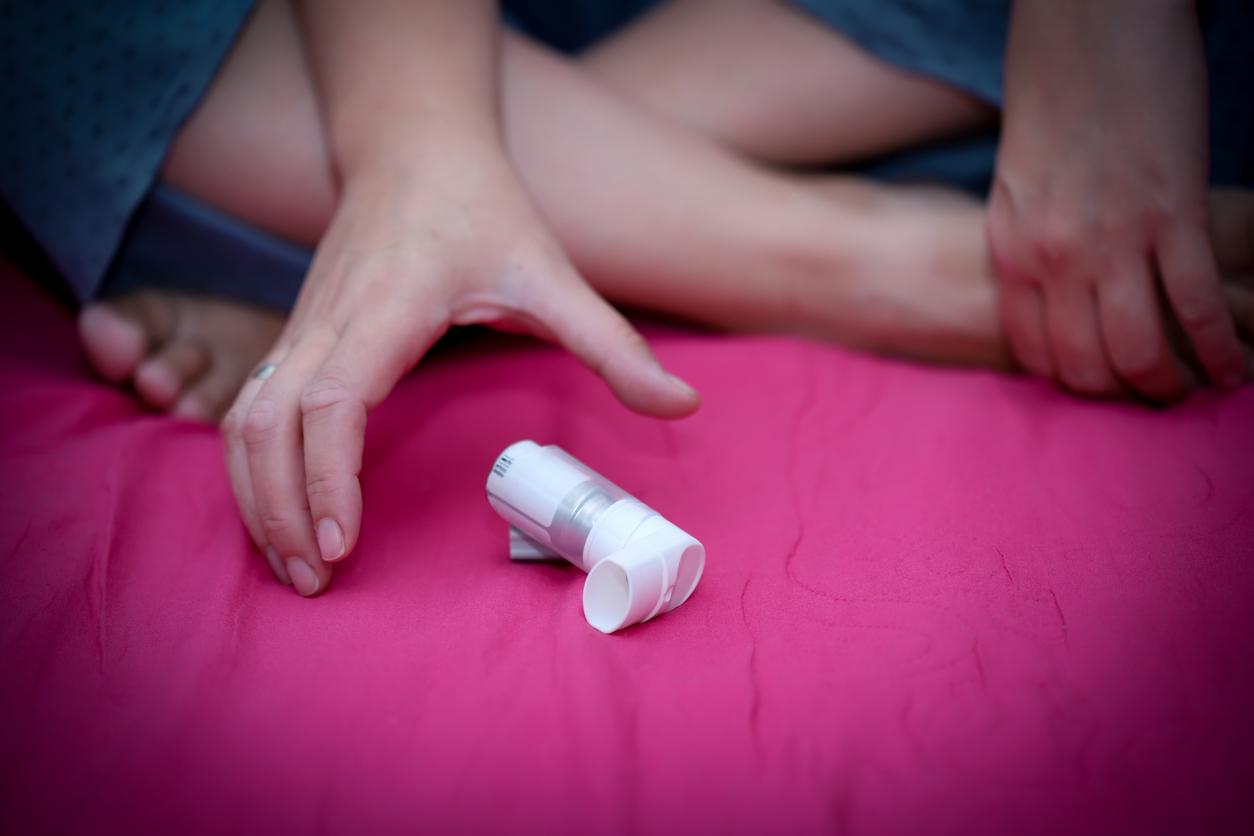2,045 patients consulted the pediatric emergency department of the AP-HP for respiratory pathologies during the last pollution peak, against 1,516 for the same period in 2015.

Peaks in fine particle pollution are the plague of large cities. Faced with this situation which worries doctors and patients, teams from the Public Assistance-Hospitals of Paris (AP-HP) have been carrying out work for several years to better understand the health consequences of pollution.
In a press release published a few days ago, the Ile-de-France institution quotes in particular the Pollux study, conducted by teams led by Dr Chappuy, emergency pediatrician at the Armand-Trousseau hospital (Paris), and by Prof. Jean-Marc Treluyer, of the Necker-Cochin Clinical Research Unit. This research consists of analyzing the relationship between outdoor air pollution and the occurrence of asthma attacks in children who have consulted in the emergency room. And the reported results are overwhelming.
47,000 asthma diagnoses in 5 years
From March 2010 to September 2015, of the nearly 1.3 million patients (aged 0 to 18) seen in pediatric emergencies in Ile-de-France, more than 47,000 consulted for asthma problems. But the team has more particularly studied the correlations between each pollutant (NO2, O3, fine particles PM10 and ultra fine PM2.5) and asthma “exacerbations”.
She concludes that ultra-fine particles (PM2.5) are associated, independently of other environmental variables (1), with emergency room visits for asthma. This study thus shows a “potential” increase of 50% in asthma diagnoses between 0 and 25 micrograms / m3 of ultrafine PM2.5 particles in the air, with a plateau effect beyond that.
Significant morbidity expected
The team also studied whether the number of consultations for asthma in children at the AP-HP during the pollution peak that raged for 10 days in Paris, and compared the data to those collected over the same period these five recent years (2).
The researchers write “with caution” to have observed a “moderate” increase in pediatric respiratory pathologies. These data are indeed difficult to interpret for two reasons: the concomitant presence of respiratory viruses (bronchiolitis) and the “plateau effect” found in the Pollux study. 1,516 patients consulted in the pediatric emergency department of the AP-HP for respiratory pathologies between November 30 and December 7, 2015 compared to 2,045 for the same period, in 2016.
Recently contacted by Why actor, Professor Bruno Housset, head of the pneumology department at the Créteil hospital (Val-de-Marne), was looking further ahead. And his forecasts are worrying. “This pollution peak will be the cause of significant morbidity. With an increase in the number of deaths. There is no doubt, ”he concluded.
(1) Pollution, pollen concentrations in the air, circulation of respiratory viruses, weather conditions.
(2) The analysis of these data was made possible with the help of d-sisif, a health cooperation group for the development of shared health information systems in Ile-de-France.
.








